|
Tamarind – Huge And Majestic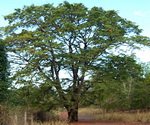
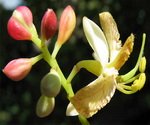
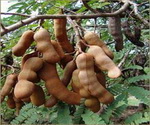

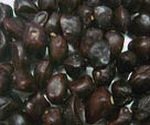
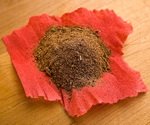
Tamarind is a member of the Fabaceae family also known as the bean family, botanical name Tamarindus indica and produces one of the world’s largest pods. The tree is a tropical evergreen which can grow to well over 80 feet, with small clusters of beautiful red striped yellow flowers. The pods are long and light brown in color containing 10 dark brown angular seeds surrounded by an acidic pulp, with an aroma that is sharp and fruity, and a taste that is said to be like tangy raisins.
Origin The tree is native to tropical East Africa. The trees grow wild in India and are also thought to be native to South Asia. History The fruit was used by the Arabs and in Europe during the Middle Ages. The leaves were used to make red and yellow dyes for fabric in the past and for decoration as ornamental trees. The trees have been used for their medicinal properties in Arabic countries, Asia and India. Buying/Storage The products can be purchased from spice shops, and Asian and Indian, Caribbean, and Latin American grocery stores.
The concentrate of the fruit can be purchased in jars from 3.5 to 18 oz, as can be the paste which comes in similar size jars. The less common powder can be purchased also. The product should be stored in an airtight package to prevent it from drying out.
Use The product is used as a souring agent for foods in tropical countries. The paste is used in Asian stir fries due to its high salt content.
For some great sections on herbs and spices some great references are: • The Spice and Herb Bible – Second Edition by Ian Hemphill with recipes by Kate Hemphill • The Food Encyclopedia by Jacques L. Rolland and Carol Sherman with other contributors • Field Guide to Herbs & Spices by Aliza Green • The Contemporary Encyclopedia of Herbs & Spices – Seasonings For The Global Kitchen by Tony Hill
Cooking Basics
|
Tamarind Botanical Cycle
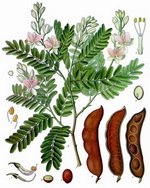
Bean Family
Licorice
Tamarind





